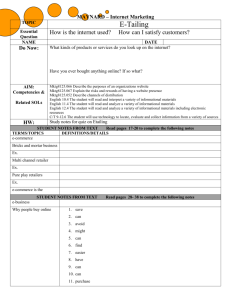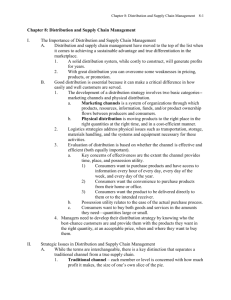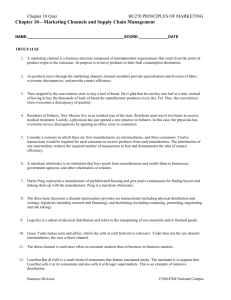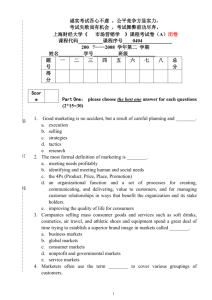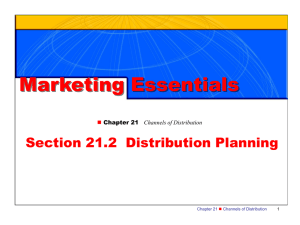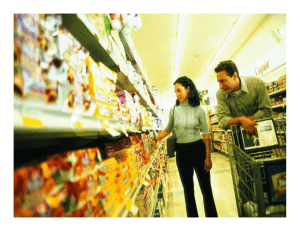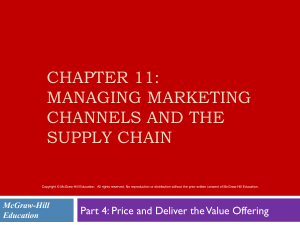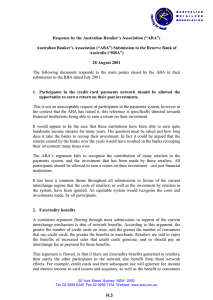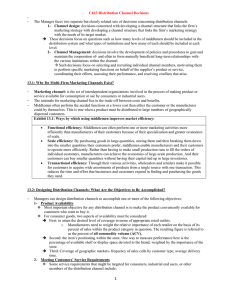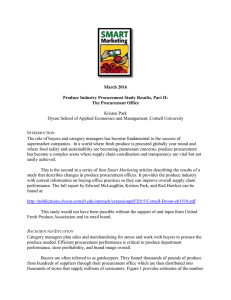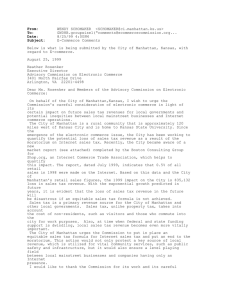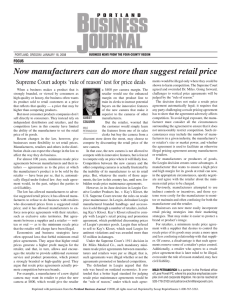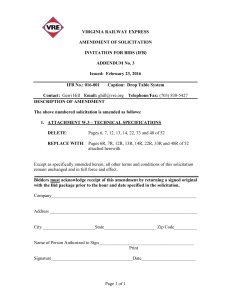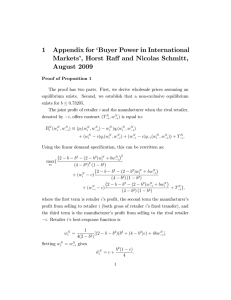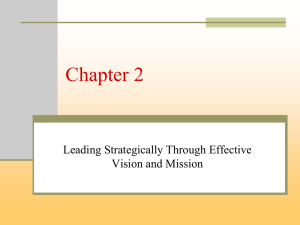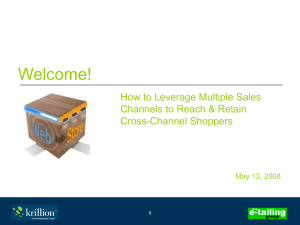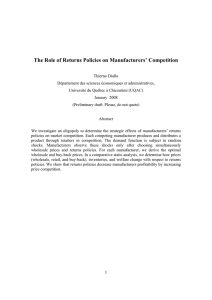E-tailing
advertisement
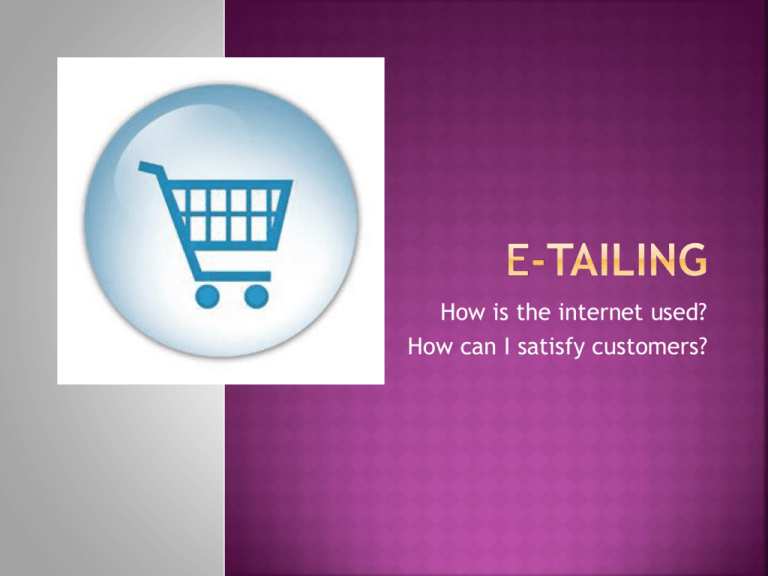
How is the internet used? How can I satisfy customers? The conducting of business and communication transactions by electronic means Bricks and mortar business A business with an actual physical location, or store front Ex. McDonalds Multi channel retailer A retailer that sells its product via traditional channels as well as via an online channel Ex. Dicks Sporting goods Pure play retailers Sell primarily through the internet Ex. Amazon.com Fastest world growing form of commerce in the Any process a business conducts over a computer network Video conferencing save time by not going to a store can shop when stores are closed avoid the holiday crowds might be able to find better prices can find products online more easily find products not available in stores easier to compare prices have gifts sent directly to recipient can avoid wrapping gifts can earn loyalty points purchase from wish list Limitless buyers Number of potential buyers is limitless Open 24/7 All hours, e-commerce offers a distinct advantage to customers Advertise, Market, and Analyze Effective and inexpensive ways to reach new and existing customers Track purchasing habits Brand loyalty Refers to a customers preference for a particular product Managing inventory Online retailers eliminate the cost of inventory storage Meeting Customer Needs Caters to individualized special choices rather than made-to-stock Mass customization Is the production of goods that offer specialized choices to mainstream buyers Value chain The sequence of design, production, and marketing efforts a business conducts to deliver its products at the right place and time Starting Out A virtual store front is much faster, easier, and cheaper to set up than a bricks and mortor store Pricing competitively price is often the factor that makes or breaks the sale Elastic demand Pricing changes create a change in the amount of goods or services consumers are willing to buy at a certain price B2B business to business, ex. School Supply Store B2C business to consumer ex. Office Depot C2C consumer to consumer, ex. Ebay Retailers Are establishments that sell goods and services to the general public Wholesalers Sell products to distributors or retailers and not usually the end-user market Etailing The buying and selling of retail goods on the internet Interactive notes activity etailing increases a businesses customer base Websites attract new customers Customers can shop from their homes A businesses online store is never closed Customers can shop 24/7, regardless of weather, traffic jams, or distance from the retail store A well designed, easy to use, and frequently updated website is a valuable channel for any business Customers are reluctant to release personal information on a website Customers are concerned about the security of their credit card accounts Transactions may be interrupted on the Internet Customers are unable to examine merchandise or try on clothing Refers to the way the producer or manufacturer delivers products, services, or information to the consumer Channels of distribution The path a product takes from producer or manufacturer to consumer Intermediary A business that acts as a third party or gobetween in moving products from the manufacturer to the end user Cybermediary Is an internet channel of distribution that helps move products from the manufacturer to the consumer or industrial user Direct does doesn’t use intermediaries, indirect Examples of direct 1. catalog sales – East Bay, LL Bean 2. Home Shopping Network 3. internet only companies What is a “channel captain?” Company that controls the channel Ex. Walmart


